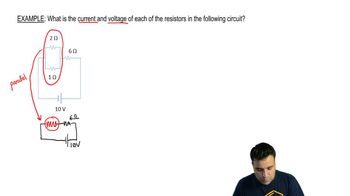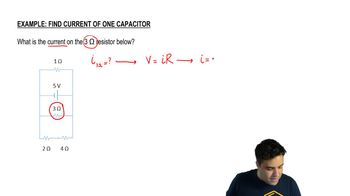Solving Resistor Circuits definitions Flashcards
 Back
BackSolving Resistor Circuits definitions
1/15
Terms in this set (15)
- Equivalent ResistanceThe total resistance of a circuit that combines multiple resistors into a single resistor.
- Series ConnectionA circuit configuration where resistors are arranged in a single path, sharing the same current.
- Parallel ConnectionA circuit configuration where resistors are connected across the same two points, sharing the same voltage.
- Ohm's LawA fundamental equation in electronics, V=IR, relating voltage, current, and resistance.
- CurrentThe flow of electric charge through a conductor, measured in amperes (amps).
- VoltageThe electric potential difference between two points, measured in volts.
- ResistorA component that resists the flow of electric current, causing a voltage drop.
- Shortcut EquationA simplified formula used to quickly calculate equivalent resistance in parallel circuits.
- Merged ResistorA single resistor that represents the combined resistance of multiple resistors.
- Systematic ApproachA methodical process for solving circuit problems to ensure accuracy and avoid confusion.
- Kirchhoff's Junction RuleA principle stating that the total current entering a junction equals the total current leaving.
- NodeA point in a circuit where two or more components are connected.
- ResistanceA measure of how much a component opposes the flow of current, measured in ohms.
- BatteryA device that provides a constant voltage source in a circuit.
- Current SplitThe division of current at a junction in a parallel circuit.


